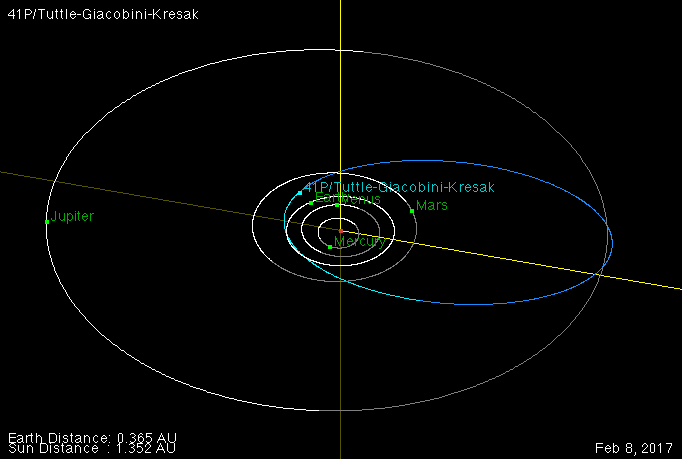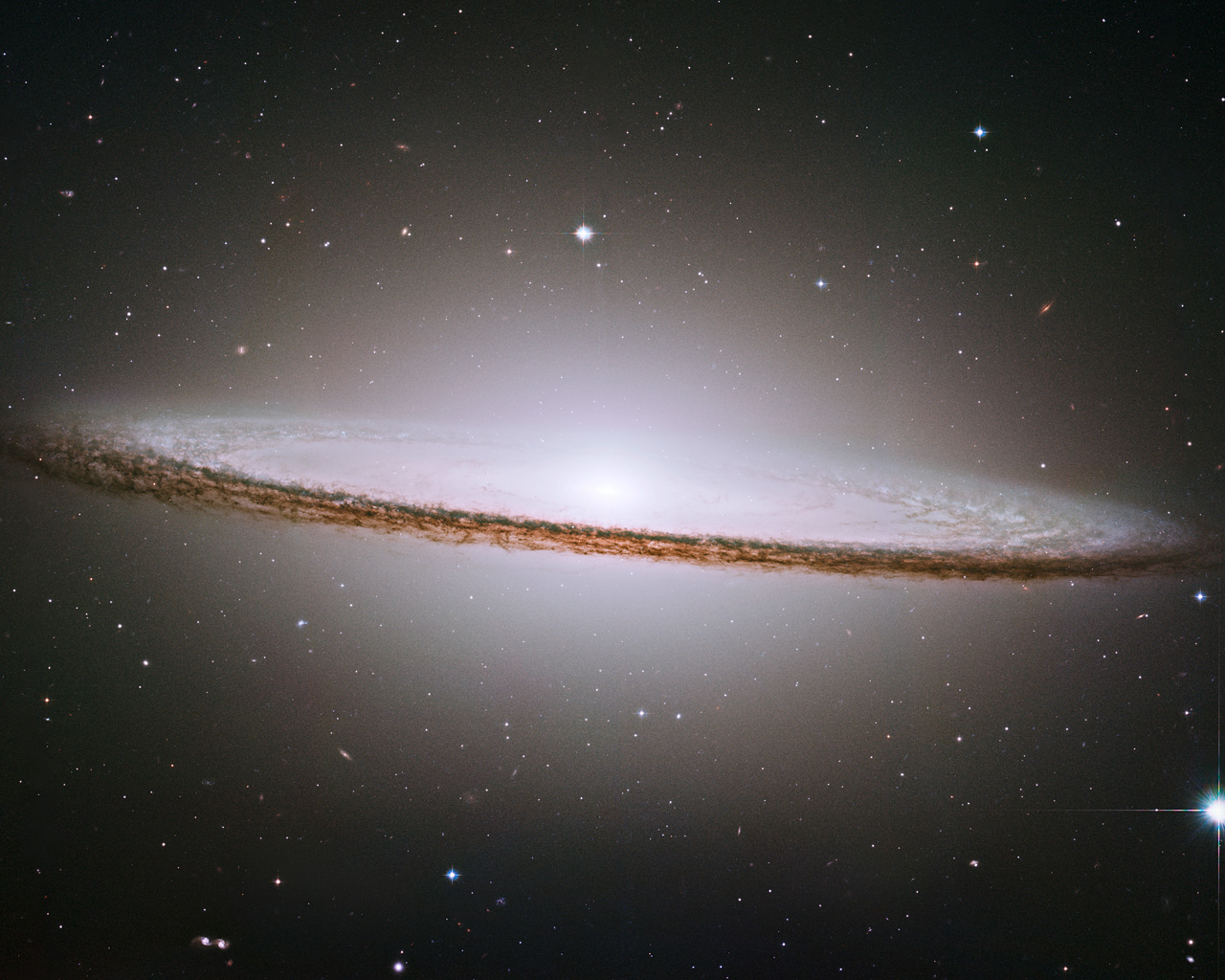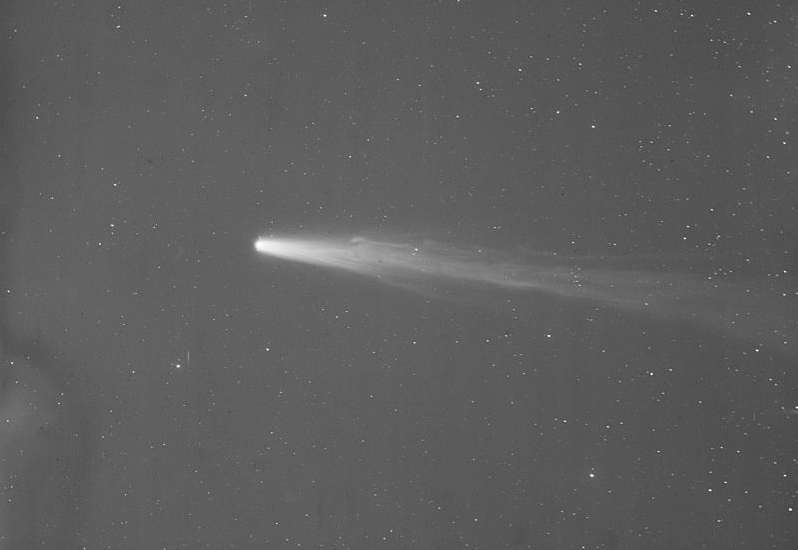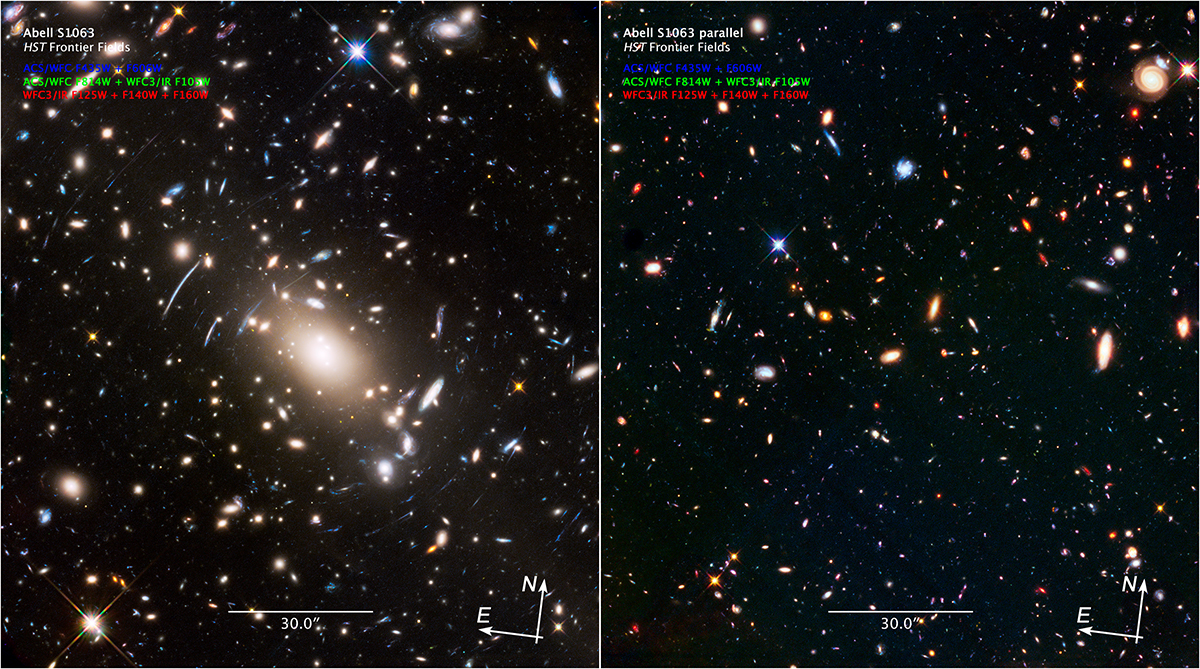Comet Campaign: Amateurs Wanted
By Marcus Woo
In a cosmic coincidence, three comets will soon be approaching Earth—and astronomers want you to help study them. This global campaign, which will begin at the end of January when the first comet is bright enough, will enlist amateur astronomers to help researchers continuously monitor how the comets change over time and, ultimately, learn what these ancient ice chunks reveal about the origins of the solar system.
 Over the last few years, spacecraft like NASA's Deep Impact/EPOXI or ESA's Rosetta (of which NASA played a part) discovered that comets are more dynamic than anyone realized. The missions found that dust and gas burst from a comet's nucleus every few days or weeks—fleeting phenomena that would have gone unnoticed if it weren't for the constant and nearby observations. But space missions are expensive, so for three upcoming cometary visits, researchers are instead recruiting the combined efforts of telescopes from around the world.
Over the last few years, spacecraft like NASA's Deep Impact/EPOXI or ESA's Rosetta (of which NASA played a part) discovered that comets are more dynamic than anyone realized. The missions found that dust and gas burst from a comet's nucleus every few days or weeks—fleeting phenomena that would have gone unnoticed if it weren't for the constant and nearby observations. But space missions are expensive, so for three upcoming cometary visits, researchers are instead recruiting the combined efforts of telescopes from around the world.
"This is a way that we hope can get the same sorts of observations: by harnessing the power of the masses from various amateurs," says Matthew Knight, an astronomer at the University of Maryland.
By observing the gas and dust in the coma (the comet's atmosphere of gas and dust), and tracking outbursts, amateurs will help professional researchers measure the properties of the comet's nucleus, such as its composition, rotation speed, and how well it holds together.
The observations may also help NASA scout out future destinations. The three targets are so-called Jupiter family comets, with relatively short periods just over five years—and orbits that are accessible to spacecraft. "The better understood a comet is," Knight says, "the better NASA can plan for a mission and figure out what the environment is going to be like, and what specifications the spacecraft will need to ensure that it will be successful."
The first comet to arrive is 41P/Tuttle-Giacobini-Kresak, whose prime window runs from the end of January to the end of July. Comet 45P/Honda-Mrkos-Pajdusakova will be most visible between mid-February and mid-March. The third target, comet 46P/Wirtanen won't arrive until 2018.
Still, the opportunity to observe three relatively bright comets within roughly 18 months is rare. "We're talking 20 or more years since we've had anything remotely resembling this," Knight says. "Telescope technology and our knowledge of comets are just totally different now than the last time any of these were good for observing."
For more information about how to participate in the campaign, visit http://www.psi.edu/41P45P46P.
This article is provided by NASA Space Place. With articles, activities, crafts, games, and lesson plans, NASA Space Place encourages everyone to get excited about science and technology. Visit spaceplace.nasa.gov to explore space and Earth science!
Want to teach kids about the anatomy of a comet? Go to the NASA Space Place and use Comet on a Stick activity! http://spaceplace.nasa.gov/comet-stick/
Image Caption: An orbit diagram of comet 41P/Tuttle-Giacobini-Kresak on February 8, 2017—a day that falls during the comet’s prime visibility window. The planets orbits are white curves and the comet’s orbit is a blue curve. The brighter lines indicate the portion of the orbit that is above the ecliptic plane defined by Earth’s orbital plane and the darker portions are below the ecliptic plane. This image was created with the Orbit Viewer applet, provided by the Osamu Ajiki (AstroArts) and modified by Ron Baalke (Solar System Dynamics group, JPL). http://ssd.jpl.nasa.gov/sbdb.cgi?orb=1;sstr=41P


 We'll be meeting a week late, but we have a program worth waiting for! Our Oct 20 meeting, at the
We'll be meeting a week late, but we have a program worth waiting for! Our Oct 20 meeting, at the Weather permitting, our final star party of the 2017 season will take place at Halibut Point State Park on Saturday July 22, from dusk to 10:30 or so.
Weather permitting, our final star party of the 2017 season will take place at Halibut Point State Park on Saturday July 22, from dusk to 10:30 or so. Weather permitting, Halibut Point State Park and the Gloucester Area Astronomy Club will be hosting a star party Saturday evening, June 17, next to the HPSP Visitor Center, where GAAC will have telescopes set up from dusk to 10:00 pm for public viewing.Everyone is invited! Come look through the club’s telescopes at Jupiter and its moons, and an array of distant deep-sky objects like galaxies, nebulae and star clusters. Of course there is no cost.
Weather permitting, Halibut Point State Park and the Gloucester Area Astronomy Club will be hosting a star party Saturday evening, June 17, next to the HPSP Visitor Center, where GAAC will have telescopes set up from dusk to 10:00 pm for public viewing.Everyone is invited! Come look through the club’s telescopes at Jupiter and its moons, and an array of distant deep-sky objects like galaxies, nebulae and star clusters. Of course there is no cost.

